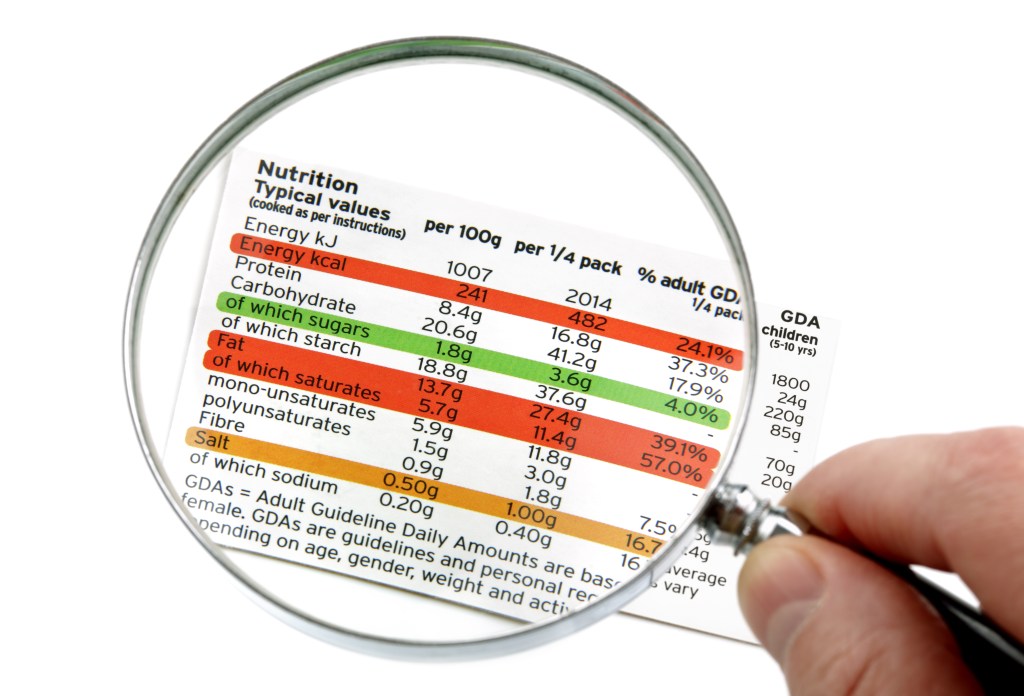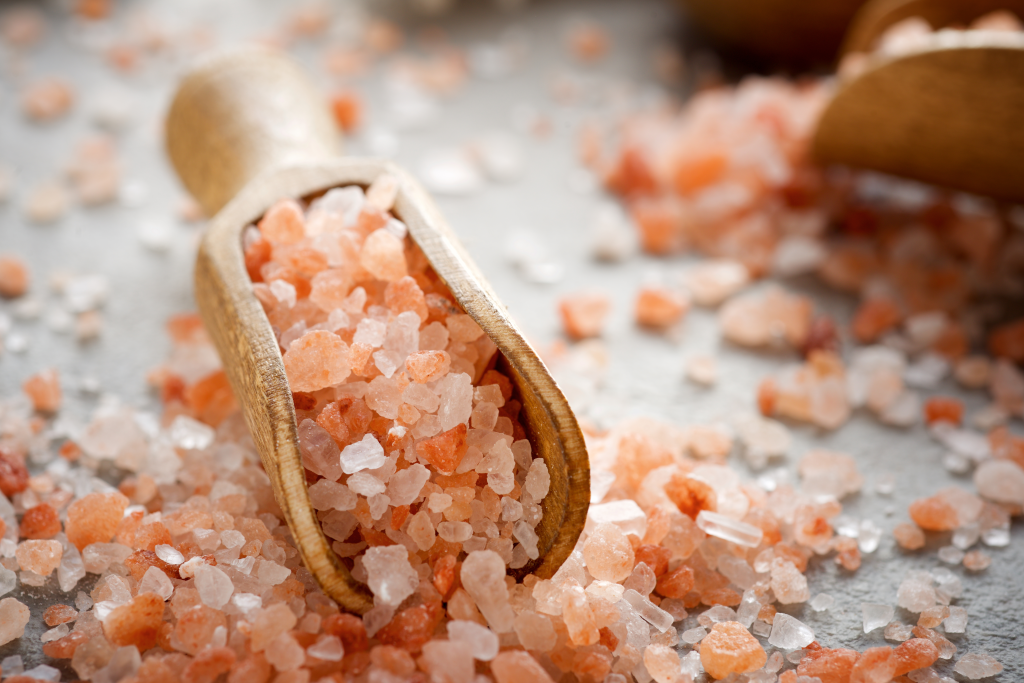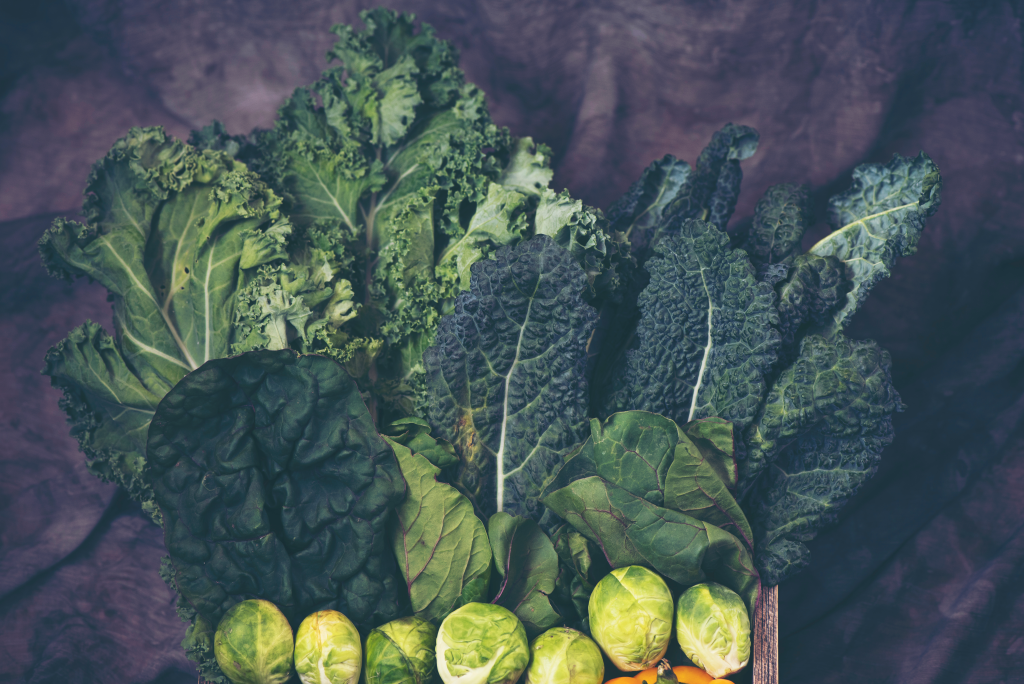At a glance
Maintaining a healthy sodium-potassium ratio is crucial for supporting normal blood pressure, fluid balance, and muscle and nerve function. Most people consume far more sodium than potassium, which can contribute to hypertension, low energy or mood changes, and cardiovascular strain.
Is your sodium-potassium ratio off? Here’s why it matters.
While it’s widely believed that a low-sodium diet has health benefits, it’s more crucial to achieve a balanced sodium-to-potassium intake to promote healthy blood pressure and heart function.
Learn to spot the signs of imbalanced sodium and potassium levels and discover simple dietary changes that help promote optimal balance between these two essential electrolytes.
Why your sodium-potassium ratio matters
There’s a widespread notion that lowering dietary sodium intake supports healthy blood pressure and therefore reduces subsequent cardiovascular disease risk.
While avoiding excessive salt intake is recommended, achieving an optimal sodium-to-potassium ratio is more critical to cardiovascular health and overall wellness than solely focusing on sodium consumption.
Sodium and potassium are two essential electrolytes that form the sodium-potassium pump, also referred to as Na+/K+ATPase.
This pump regulates the cellular movement of sodium and potassium ions, which determines how much water stays inside or outside your cells.
This critical cellular mechanism helps maintain the body’s fluid levels, supports nerve signaling, regulates muscle contractions, and balances blood pressure.
However, most people consume significantly more sodium from processed and packaged foods and don’t achieve an optimal dietary potassium intake, leading to imbalances.
Over time, this imbalance can contribute to elevated blood pressure, increased risk of cardiovascular disease, and poor kidney function.
Research published in Current Opinion in Lipidology highlights that elevated sodium intake in combination with a lack of potassium is associated with a significantly increased risk of hypertension and all-cause cardiovascular disease mortality.1
Watch the video below to learn more about the importance of increasing potassium intake.
Top signs your sodium-potassium ratio is off
Potassium directly counteracts the effects of sodium in the body. Inadequate potassium intake, especially with high sodium consumption, can disrupt various cellular processes and lead to several noticeable symptoms.
Here are common signs your sodium-to-potassium ratio is off:
- High blood pressure
- Fluid retention and swelling
- Muscle cramps
- Irritability
- Rapid heartbeat
While these symptoms are often indicative of electrolyte imbalances, they can also be signs of more serious medical issues, including heart disease or kidney dysfunction.
In addition, a high-salt diet increases urinary sodium excretion, which can strain the kidneys and may raise the risk of chronic kidney disease.
If you experience symptoms related to an imbalanced sodium and potassium ratio, it’s important to consult a medical professional for a thorough evaluation of your overall health.

The correct sodium-potassium ratio
Evidence published in the Journal of the Academy of Nutrition and Dietetics highlights the importance of a balanced sodium and potassium intake to support optimal cardiovascular health.2
The authors summarize, “Decreasing dietary sodium intake and increasing potassium intake can reduce the risk of high blood pressure, heart disease, and stroke, and can help control blood pressure.”
For most adults, the optimal sodium-to-potassium ratio is approximately 4700 mg of potassium to 2300 mg of sodium per day.
However, most people follow dietary patterns characterized by a lack of potassium-rich foods and high sodium intake, mainly from overconsumption of table salt and processed foods.
This has been confirmed by research published by The American Journal of Clinical Nutrition, which evaluated dietary data collected from the National Health and Nutrition Examination Survey (NHANES) and painted a worrying picture.3
The evidence shows that more than 90 percent of U.S. adults consume more than 2300 mg of sodium per day, greatly exceeding recommended limits, while only 2 percent meet the advised daily intake of 4700 mg of potassium.
“A large proportion of the population has imbalanced sodium-to-potassium levels,” says Dr. Berg.
“This likely contributes to the steady rise in high blood pressure, cardiovascular disease, and other metabolic health issues affecting millions of people.”

How to improve your ratio
Rather than just focusing on sodium reduction, it’s equally important to prioritize higher potassium intake.
Carefully checking the dietary sodium content of foods and incorporating plenty of potassium-rich foods is an excellent strategy for restoring a healthy sodium-to-potassium ratio.
While excessive sodium and low potassium intake are the leading causes of electrolyte imbalances, it’s crucial to understand other lifestyle and medical factors that can influence this ratio.
Excessive alcohol consumption, as well as antihypertensive medication used to lower blood pressure, can trigger elevated urinary potassium excretion and overall imbalance.
Furthermore, individuals with chronic diseases, such as kidney disease, inflammatory bowel disease (IBD), and insulin resistance, as well as those taking diabetes medications, may also experience altered urinary excretion of both sodium and potassium.
Therefore, it’s important to limit alcohol intake and consult your healthcare provider about the potential benefits of regular blood tests to monitor electrolyte balance, especially if you’re taking prescription medications or have underlying health conditions.

The best sources of sodium
Although it’s important to reduce sodium intake, especially the heavily processed table salt found in fast food, packaged meals, and many snack foods, it’s not recommended to avoid salt entirely.
A diet lacking adequate amounts of sodium can lead to symptoms such as fatigue, low blood pressure, dizziness, muscle cramps, and impaired nerve and muscle function.
Getting the right amount of sodium from mineral-rich, unrefined salt sources is an excellent way to support healthy sodium levels while also obtaining essential trace minerals.
Here are some of the most nutritious salts:
- Himalayan pink salt
- Celtic sea salt
- Unrefined sea salt
- Unrefined rock salt
It’s important to note that salt doesn’t equal sodium, as only around 40 percent of the weight of salt is sodium, and the remaining 60 percent is chloride.
This means that to stay within the recommended limit of 2300 mg of sodium per day, it would typically require intake of around 5.75 g of salt, which is around one teaspoon.
In addition, various whole food sources, such as seaweed, dairy products, shellfish and eggs also contain small amounts of sodium and can contribute to meeting daily needs in a balanced, nutrient-rich way.

The best sources of potassium
Potassium is a vital but often overlooked electrolyte, and most people don’t consume enough nutritious whole foods to achieve the recommended 4700 mg daily.
Here are the top dietary sources of potassium and how much they provide per 3.5 oz (100 g) serving:
- Spinach (cooked): 840 mg
- Beet tops: 762 mg
- Swiss chard: 720 mg
- Brussels sprouts: 495 mg
- Kale: 490 mg
- Atlantic salmon: 490 mg
- Avocado: 485 mg
- Acorn squash: 440 mg
- Mushrooms: 380 mg
- Zucchini: 300 mg
- Plain yogurt: 255 mg
Green leafy vegetables are among the best potassium sources. Including between seven and ten cups of salad and cooked greens in your daily meal plan significantly boosts potassium intake.
Making your own electrolyte drink with potassium is another excellent strategy to naturally replenish lost minerals, and maintain a healthy sodium-to-potassium ratio.
To further promote optimal potassium levels, it’s recommended to avoid sugar and limit carbohydrate intake, as they can increase urinary potassium excretion and contribute to imbalances in electrolyte levels.
Key takeaways
- Most people consume too much sodium and too little potassium, increasing the risk of hypertension and cardiovascular issues.
- A healthy sodium-potassium ratio supports blood pressure regulation, nerve signaling, and overall metabolic function.
- Increasing potassium-rich foods such as leafy greens, avocados, squash, and salmon helps restore proper electrolyte balance.
- Limiting processed foods and choosing unrefined mineral salts promotes a more balanced intake of sodium and potassium.
FAQ
1. What is the ideal sodium-potassium ratio?
An ideal sodium-to-potassium intake ratio is around 1:2, meaning you should consume twice as much potassium as sodium.
This equates to approximately 4700 mg of potassium and 2300 mg of sodium daily, which is linked to better blood pressure control and overall enhanced cardiovascular wellness.
2. How can you tell if your sodium-potassium ratio is off?
Common signs and symptoms of imbalanced sodium and potassium levels include poor blood pressure control, water retention, swelling, muscle cramps, irregular heartbeats, and irritability.
3. Should potassium be higher than sodium?
Yes, dietary intake of potassium should be about twice that of sodium to help counteract sodium’s water-retaining effects, lower blood pressure, and reduce cardiovascular risk factors.
It’s generally recommended to consume about 4700 mg of potassium per day while limiting sodium intake to less than 2300 mg.
4. How do you balance sodium and potassium levels?
To balance sodium and potassium levels, it’s recommended to reduce your intake of processed, high-sodium foods and increase the consumption of potassium-rich whole foods such as leafy greens, avocados, squash, and salmon.
In addition, avoiding sugar and limiting carbohydrates can also support better potassium retention and overall electrolyte balance.
Sources
- https://pubmed.ncbi.nlm.nih.gov/24345983/ ?
- https://www.jandonline.org/article/S2212-2672(14)00193-2/abstract ?
- https://www.sciencedirect.com/science/article/pii/S0002916523029556 ?














